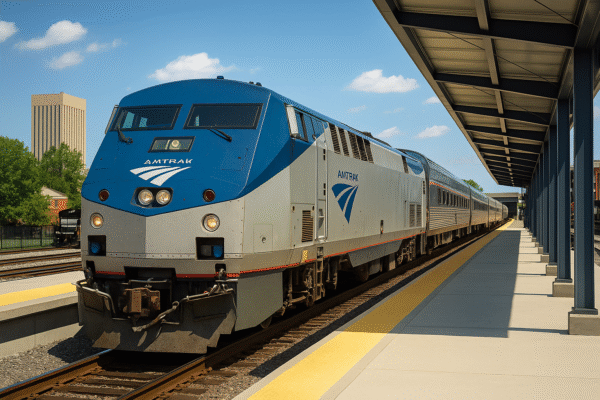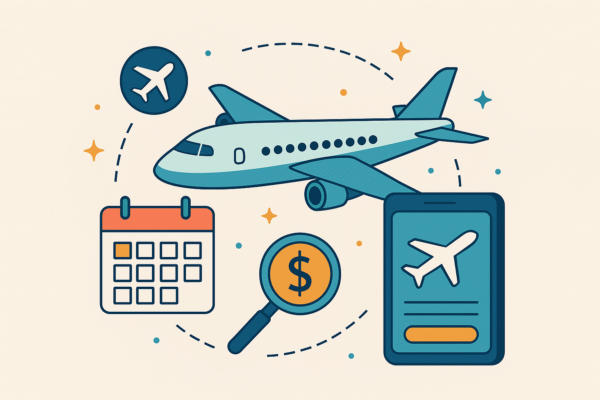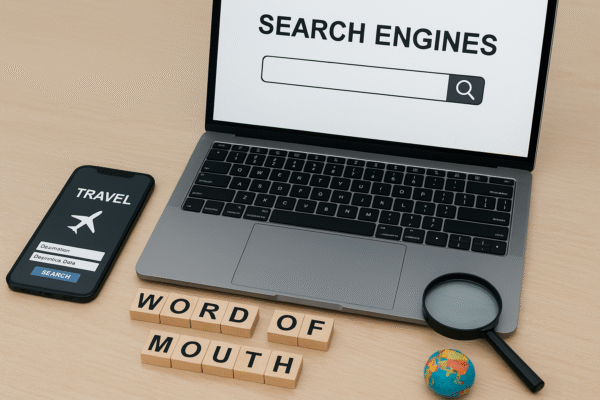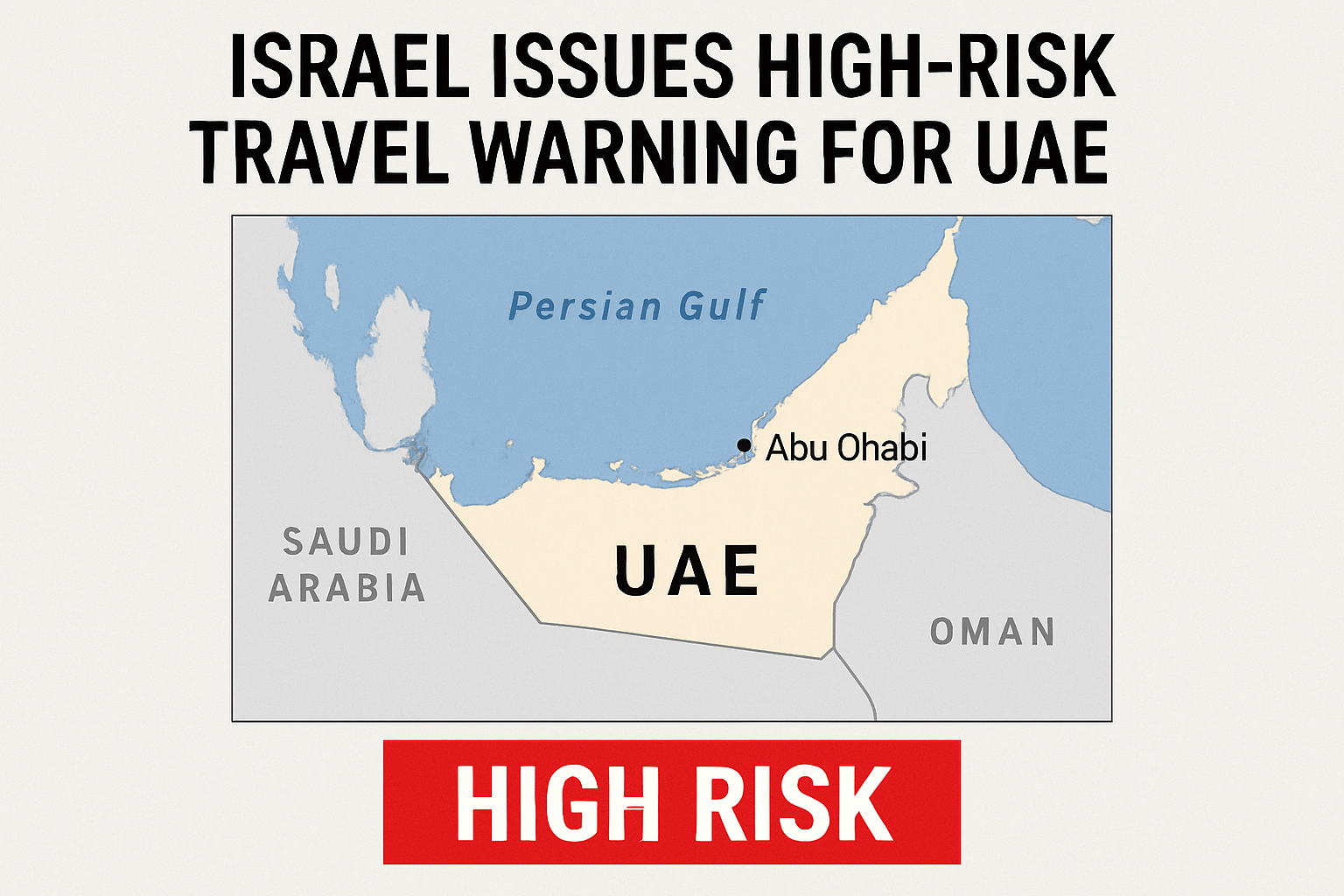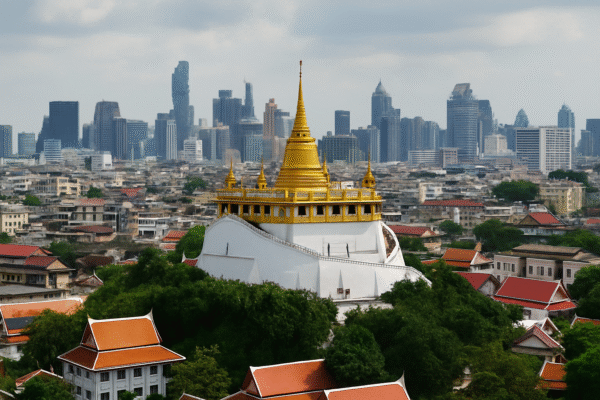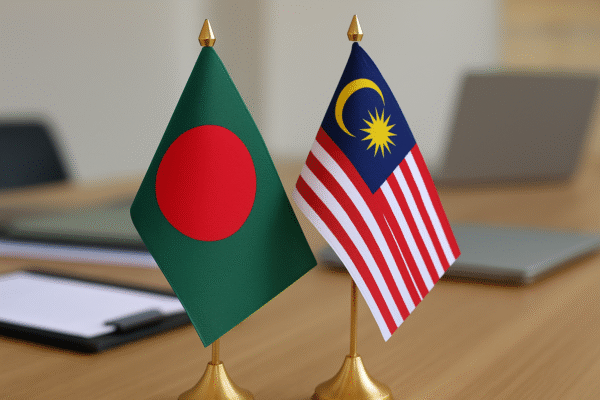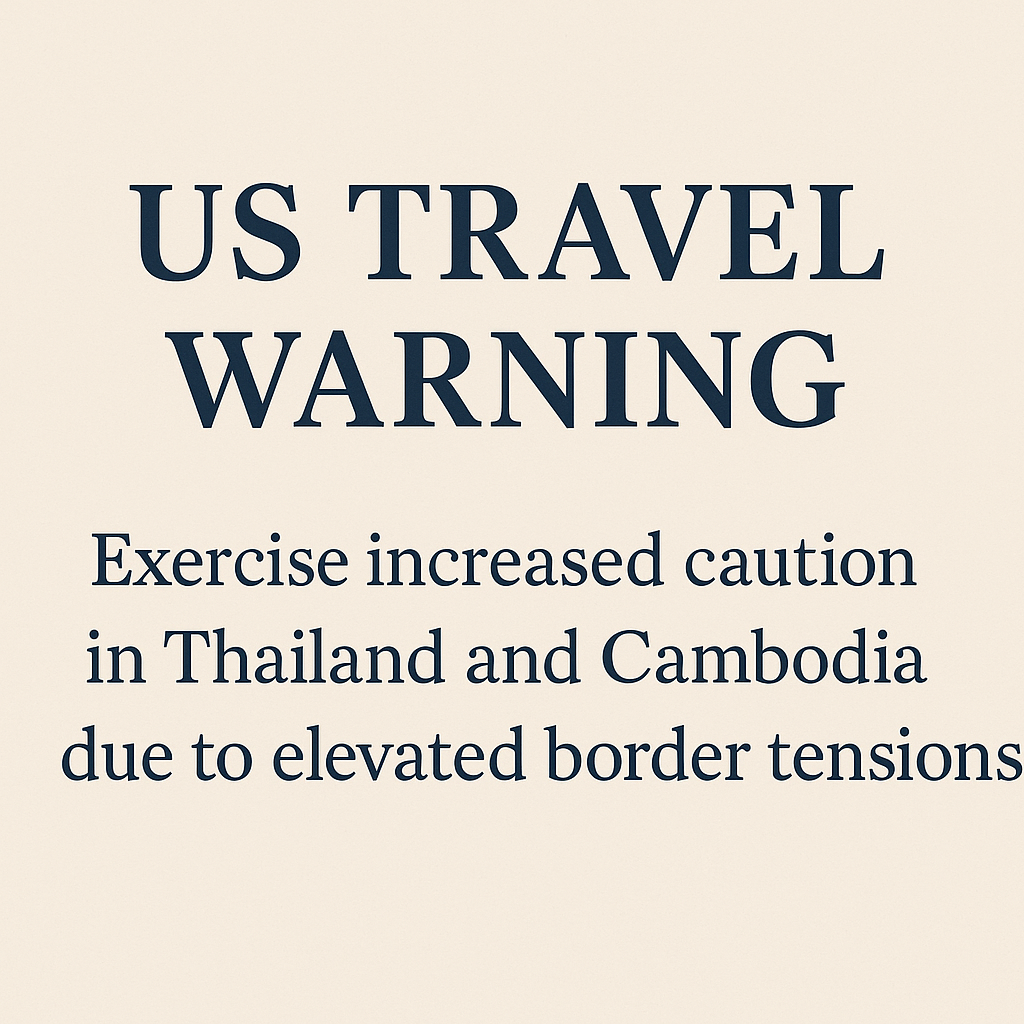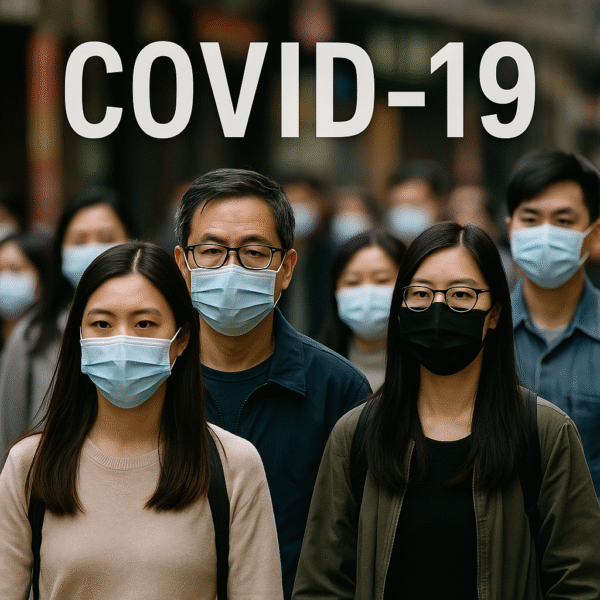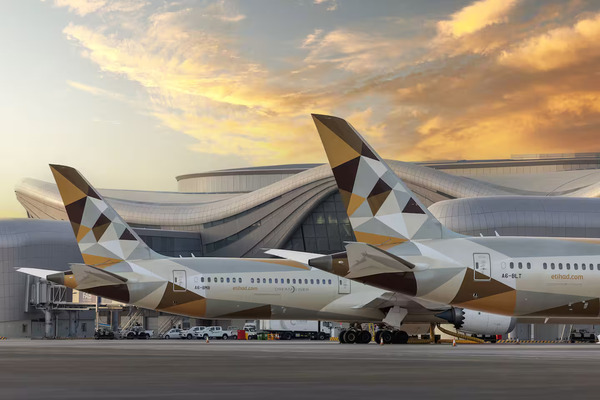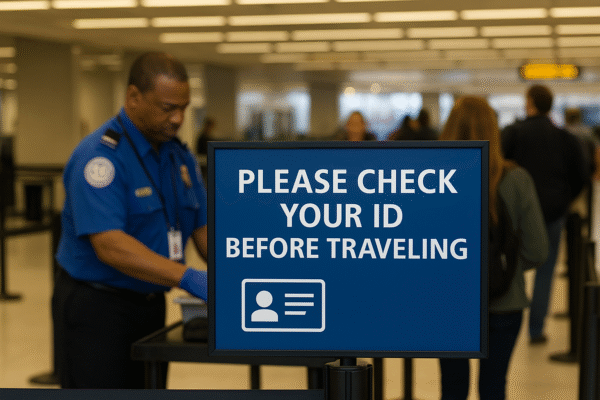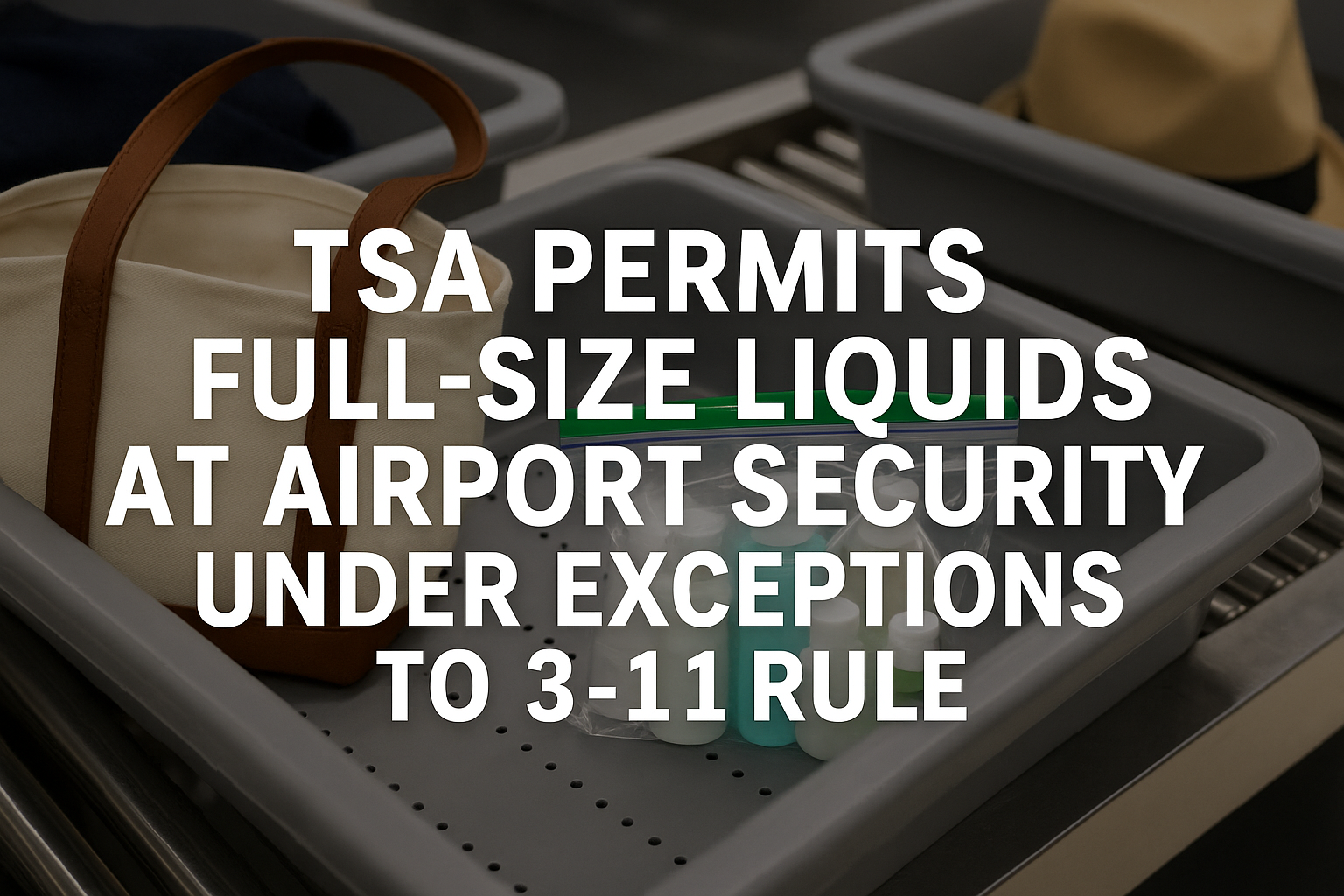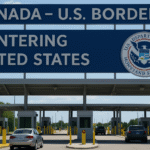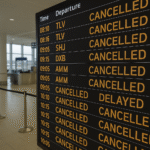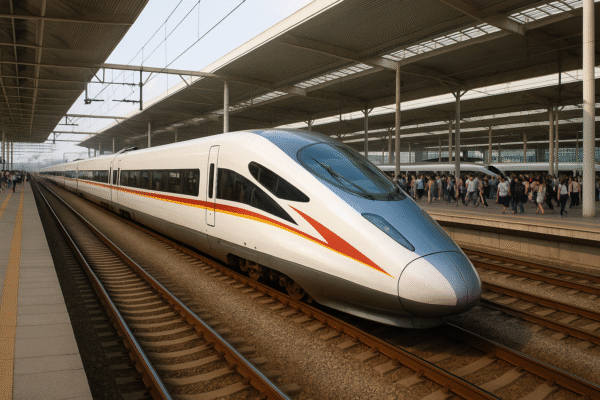WASHINGTON, D.C. — In a move surprising many travelers, the Transportation Security Administration (TSA) continues to allow 11 types of full-size liquids through U.S. airport security checkpoints—despite the well-known 3-1-1 rule that typically restricts carry-on liquids.
These allowances are not a rollback of existing policy but classified exceptions that accommodate health, infant care, scientific, and duty-free needs. Understanding these nuances is essential for passengers navigating TSA regulations in 2025, especially as new security technologies begin to redefine how liquids are screened.
What Is the TSA 3-1-1 Rule?
The 3-1-1 rule is a globally adopted aviation security measure introduced after the 2006 transatlantic liquid bomb plot targeting flights from the UK to the U.S. It mandates:
- 3: Each container must hold 3.4 ounces (100 milliliters) or less.
- 1: All containers must fit inside one quart-sized, clear, zip-top bag.
- 1: Each passenger is allowed one such bag in carry-on luggage.
This standard applies to Liquids, Aerosols, and Gels (LAGs), a classification that includes items like shampoo, lotion, toothpaste, and even peanut butter.
Why Are Exceptions Allowed?
While the 3-1-1 rule aims to mitigate liquid-based explosive threats, certain medically necessary or scientifically regulated substances must bypass these restrictions due to their essential use. TSA has built a system of officer discretion and enhanced screening procedures to maintain safety while accommodating traveler needs.
As advanced 3D scanning technology rolls out at select airports, industry experts speculate that these liquid rules may eventually be lifted. However, delays in deployment and system compatibility have pushed widespread implementation back—potentially as far as 2040, according to recent TSA projections.
11 TSA-Approved Full-Size Liquid Exceptions
1. Prescription Medications
Passengers may bring larger volumes of prescribed liquid medications, gels, and aerosols. Containers must be clearly labeled and separated for individual screening. TSA officers may inspect or swab them for explosive residue.
2. Over-the-Counter Medications
Includes items like saline solution, cough syrup, and antacids. These may require additional screening but are generally permitted in reasonable quantities.
3. Infant Formula and Breast Milk
These items are considered medically necessary and allowed in unlimited quantities, even if the child is not present. They must be declared at security and undergo separate inspection.
4. Baby Food and Toddler Drinks
Pureed food, pouches, and water for babies and toddlers qualify under the same medical exemption, provided quantities are deemed “reasonable” by TSA officers.
5. Gel Ice Packs
Permitted when frozen solid during screening. Even if partially melted, medically necessary ice packs are still accepted, especially when paired with breast milk or prescription medications.
6. Temperature-Controlled Medical Items
IV bags, syringes, feeding pumps, and similar devices are allowed without volume limits. Inform TSA agents for proper inspection procedures.
7. Fresh Eggs
While liquid yolks classify eggs as LAGs, they are allowed when packed separately for X-ray screening.
8. Live Fish and Coral
May travel in clear, spill-proof containers, subject to TSA inspection and airline approval. A less-known exception, it caters to aquarium enthusiasts and researchers.
9. Non-Infectious Biological Samples
Scientists may carry formaldehyde, ethanol, or isopropanol-preserved specimens in sealed inner packaging with strict quantity limits (no more than 30 mL per inner container, 1 liter outer packaging).
10. Battery Fluids for Portable Devices
Non-spillable wet batteries under 12 volts (or under 100 watt hours) are allowed in carry-ons with proper protections to avoid leakage or short circuits.
11. International Duty-Free Liquids
Liquids purchased from duty-free shops abroad can be carried through U.S. checkpoints if sealed in a tamper-evident bag and accompanied by a valid receipt. These include items like wine, perfume, and maple syrup. The rule applies only to inbound international flights.
Screening Process: Transparency and Officer Discretion
All exceptions require passenger disclosure at security checkpoints. Items must be placed in separate bins and may undergo additional scrutiny, including:
- X-ray inspection
- Vapor testing
- Manual swabbing
Passengers may request alternate screening if they object to opening sealed medications or baby formula. TSA uses Advanced Imaging Technology (AIT) and manual pat-downs in such cases.
TSA agents are trained to assess “reasonable quantities” and make decisions based on immediate security concerns, travel duration, and medical necessity.
“The final decision rests with TSA officers at the checkpoint,” the agency reiterates on its official website.
Looking Ahead: When Will the Liquid Ban End?
Some European airports have begun piloting CT-based 3D scanners capable of analyzing liquids without opening containers. The UK had planned to lift restrictions in 2024, but delays have put the timeline in limbo. In the U.S., select airports like Atlanta (ATL) and Chicago O’Hare (ORD) are testing similar systems, with national rollout not expected before 2030.
Until then, travelers must remain informed and proactive about TSA liquid rules—especially if they travel with medical items or care for infants.
Conclusion
Though the 3-1-1 rule remains in force, the TSA recognizes that a one-size-fits-all policy doesn’t suit every passenger. With transparent communication and pre-screening preparation, travelers carrying exempted liquids can pass through security efficiently while adhering to regulations.
Understanding which liquids qualify for exception—and how to present them—can mean the difference between a smooth trip and a frustrating checkpoint delay.
For more travel news like this, keep reading Global Travel Wire https://www.globaltravelwire.com/

